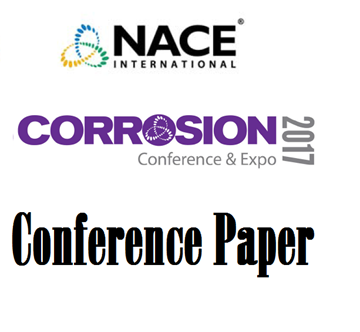Search
07174 Risk Based Assessment of Underground Pipelines and Storage Tanks
Also Purchased
02321 CORROSION PROTECTION OF STORAGE TANKS
Product Number:
51300-02321-SG
ISBN:
02321 2002 CP
$20.00
07044 FAILURE OF ABOVE GROUND STORAGE TANKS
Product Number:
51300-07044-SG
ISBN:
07044 2007 CP
Publication Date:
2007
$20.00
51317--9767-Risk Based Approach to Integrated Asset Corrosion Management in the Oil and Gas Industry
Product Number:
51317--9767-SG
ISBN:
9767 2017 CP
Publication Date:
2017
$20.00




